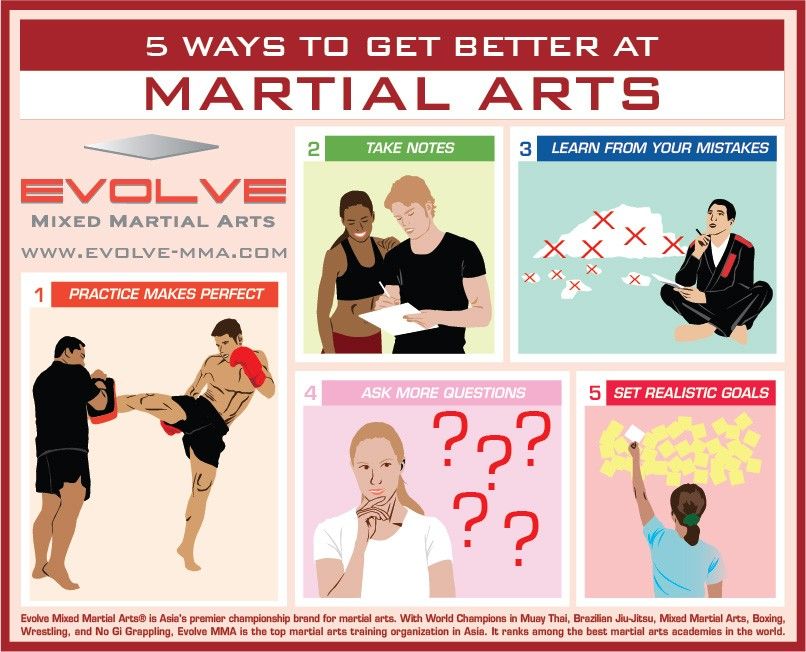The Development And Historic Context Of Martial Arts Worldwide
The Development And Historic Context Of Martial Arts Worldwide
Blog Article
Content Written By-Egeberg Silverman
Martial arts have an interesting background that covers centuries and continents. You may locate it interesting just how ancient practices like Shuai Jiao and Kalaripayattu prepared for contemporary combat strategies. These techniques not only highlight physical skills yet additionally mirror the cultures that birthed them. As you explore their evolution, consider exactly how globalization has changed these typical kinds into crossbreed styles. What impacts do you assume have shaped today's martial arts landscape?
Ancient Martial arts: The Structures of Battle
As you look into the world of old martial arts, you'll discover the rich foundations that shaped fight methods throughout cultures. Very early methods focused on Self-Defense and survival, commonly integrating strikes, grappling, and weaponry.
In old China, for example, methods like Shuai Jiao highlighted tosses and joint locks, while India's Kalaripayattu showcased dexterity and fluid movement. Japanese samurai established Kenjutsu, a refined swordsmanship that highlighted technique and strategy.
These martial arts offered not just for fight however additionally as a way of personal growth, instilling worths like regard and perseverance. The blending of these techniques gradually prepared for the varied martial arts you see today, each reflecting the unique approaches and requirements of its society.
The Cultural Impact on Martial Arts Growth
While martial arts often mirror the useful demands of a culture, they additionally embody the social values and ideas of their beginnings. When you check out various martial arts, you'll see exactly how they're affected by religion, philosophy, and social norms.
As an example, the emphasis on respect and technique in Japanese martial arts comes from Zen Buddhism and samurai culture. On the other hand, Brazilian Jiu-Jitsu promotes versatility and strategy, shaped by the need for performance in a diverse, modern setting.
You might find that the routines, uniforms, and training techniques reflect a community's background and identification. By comprehending these social impacts, you deepen your admiration of martial arts and their function in shaping human experiences around the world.
Modern Adaptations and the Globalization of Martial arts
Martial arts have changed significantly in current decades, adapting to modern society and international impacts. mouse click the following web site 'll see that typical kinds have blended with modern-day strategies, creating hybrid styles like mixed martial arts. These adaptations deal with varied target markets, making martial arts easily accessible and enticing worldwide.
With the surge of social networks and electronic systems, you can find tutorials and competitors from all edges of the globe, damaging geographical barriers. This globalization has resulted in a shared gratitude for various disciplines, from Brazilian Jiu-Jitsu to Taekwondo.
As you involve with these arts, you'll recognize they're not just about combat; they promote physical fitness, discipline, and mental well-being.
Inevitably, modern adjustments have actually enhanced the martial arts landscape, making it a dynamic and evolving practice.
Final thought
In exploring the history and advancement of martial arts, you uncover an interesting mix of methods, societies, and approaches. From ancient disciplines like Shuai Jiao and Kalaripayattu to the modern-day versatility seen in MMA, martial arts reflect mankind's quest for Self-Defense and individual development. As you engage with these techniques, you not just get abilities but additionally a much deeper gratitude for the varied customs that shape our globe today. So, proceed which martial arts is the strongest and welcome the art of fight!
